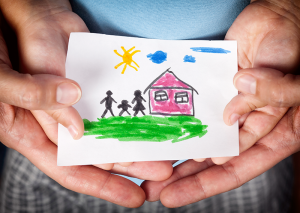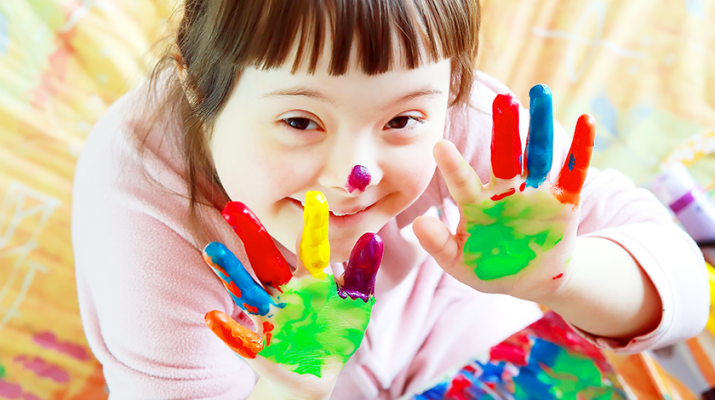By Deborah Jeanne Sergeant
 It may seem like children with special needs would wait longer for a permanent home; however, according to Michael Hill, associate director at Adoption Star, Inc., an increasing number of potential adopting families express interest in adopting a special needs child.
It may seem like children with special needs would wait longer for a permanent home; however, according to Michael Hill, associate director at Adoption Star, Inc., an increasing number of potential adopting families express interest in adopting a special needs child.
Hill said that the 2012 adoptive placements comprised of 73 percent healthy newborns, 15 percent at risk for developing special needs, and 12 percent born with special needs.
In 2017, the agency placed 63 percent healthy newborns, 26 percent at risk for developing special needs and 11 percent born with special needs.
He explained that in general, the agency has a larger pool of children who have or may potentially have special needs, in part because of the opioid epidemic exposing babies to drugs in the womb and causing them to be addicted to opioids.
The agency has also made mandatory an adoptive parent training weekend.
“Part of that is sharing a lot of information about kids at risk for special needs or who have special needs,” Hill said. “Because everyone has to come for classes, we can talk all about situations where a pregnant woman has pre-identified issues and that may affect the child. We can share uniform, consistent information on parenting a special needs child. Being able to educate people on the topic makes families more open to adopting a special needs child.”
While that’s good news for the agency and children they serve, Hill wants more families to understand the differences between general adoption and special needs adoption.
Adoption Star is based in Amherst, Western New York, but places kids statewide.
“Particularly over the course of the last five years, we’re finding at our agencies there are more and more prospective adoptive families who are willing to adopt a special needs child or one who potentially will have special needs,” Hill said.
The agency’s Shining Star program offers financial assistance to help cover special needs adoption costs so adoptive families can allocate more funds toward their new child’s needs.
Some may need early intervention services, specific medical care or additional assistance for home health or child care.
The Family Star program helps link adoptive parents to the resources that can help them meet their child’s needs, providing information, referrals and support groups for parents.
New York state also provides regional permanency resource centers. These state-funded centers provide post-adoption support services, which include respite care, support groups, medical care, and, as needed, referrals.
Hill encourages prospective adoptive parents to do their own research on the children they may parent, both into the child’s medical records and history as provided by the adoption agency, and how these can affect the child’s development.
“It’s important to collect and review that information,” Hill said. “Go into parenting with eyes wide open, regardless of whether you’re adopting or it’s your biological child. Pre-natal records and medical history of the biological family help you understand the potential challenges that may exist.”
Hill said that some pediatricians can help prospective parents review the records and understand their implications. Sites such as March of Dimes (www.marchofdimes.org), Mayo Clinic (www.mayoclinic.org), and the American Academy of Pediatrics (www.aap.org) may also help.
Once a family is thoroughly screened and matched with a child and the child approves that family for a potential adoption, “we try to give as much information as we can,” said Sharon Hoelscher, director of Adoption and Family Wellness for Erie County Foster/Adoptive Family. “We like full disclosure so the foster parent knows exactly what the child’s needs are and to plan with them before placement what services are available to put in place to assist them. If we narrow it down to a family, they have the full information.”
She added that the agency helps families find the outside resources that will help them best meet their children’s needs. Bridges to Health and Health Homes, both funded by the federal and state governments, are examples of resources that can help.
Adoption and Family Wellness for Erie County also partners with other agencies to ensure children and their new families receive the help they need.
“Everyone in New York state has to go through a training period, what can ‘normally’ be expected from children who were traumatized, except a child who’s placed at birth,” Hoelscher said.
All foster children receive Medicaid, which becomes a subsidy once they’re adopted through age 18. At that point, the children can still receive a subsidy until age 21 as long as they work at least part-time, go to school or have a disability that prevents them from working.
“It takes a special person to come forward and be that person the children can really count on,” Hoelscher said.

